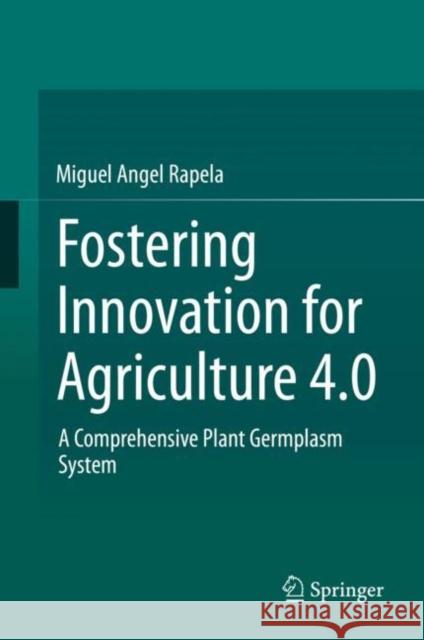Fostering Innovation for Agriculture 4.0: A Comprehensive Plant Germplasm System » książka
topmenu
Fostering Innovation for Agriculture 4.0: A Comprehensive Plant Germplasm System
ISBN-13: 9783030324926 / Angielski / Twarda / 2019 / 110 str.
Fostering Innovation for Agriculture 4.0: A Comprehensive Plant Germplasm System
ISBN-13: 9783030324926 / Angielski / Twarda / 2019 / 110 str.
cena 465,84 zł
(netto: 443,66 VAT: 5%)
Najniższa cena z 30 dni: 462,63 zł
(netto: 443,66 VAT: 5%)
Najniższa cena z 30 dni: 462,63 zł
Termin realizacji zamówienia:
ok. 20 dni roboczych.
ok. 20 dni roboczych.
Darmowa dostawa!
Kategorie:
Kategorie BISAC:
Wydawca:
Springer
Język:
Angielski
ISBN-13:
9783030324926
Rok wydania:
2019
Wydanie:
2019
Ilość stron:
110
Waga:
0.36 kg
Wymiary:
23.39 x 15.6 x 0.97
Oprawa:
Twarda
Wolumenów:
01
Dodatkowe informacje:
Wydanie ilustrowane











